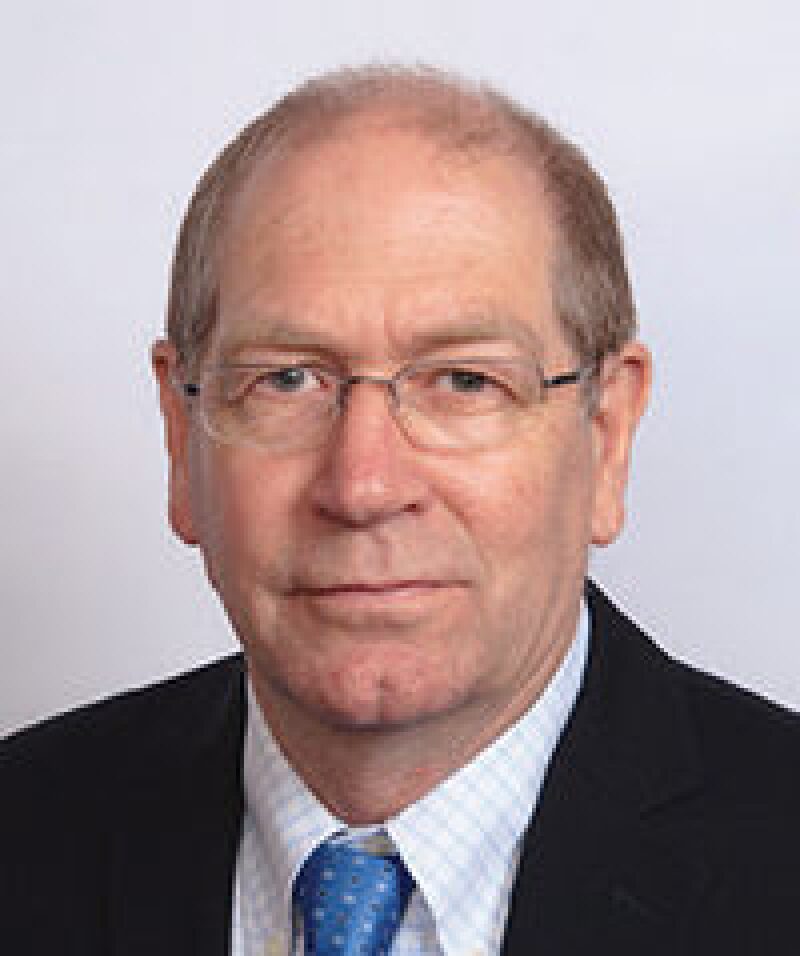Drilling systems automation (DSA) is moving into commercial activities on a broad front. Equipment suppliers are delivering automated drilling-control systems, and everyone (equipment suppliers, service companies, drilling contractors, operators) is delivering systems-automation applications. These players are cooperating to deliver the degree of interoperability needed to make DSA function in this multicompany environment.
Among this year’s chosen papers, the authors of paper SPE 194110 address interoperability of drilling sensor networks and describe a semantic system that allows a third-party application to discover types and classes of rig sensors and tailor them to the need of the application. The initial portion of the complete paper is an extremely readable peeling of the layers of symptoms around a diagnosis. The layers peel with each discovered sensor, until the final step indicates why low-latency data delivers robust systems diagnosis (and hence automation).
We are seeing commercial automation systems deployed in three modes: shadow mode, advisory mode, and closed-loop mode. In shadow mode, the systems run in parallel with drilling operations but do not interface with operational controls or people. This mode generally generates confidence in functionality and reliability. In advisory mode, the systems deliver advice in real time to users at the rig site or in remote centers and users may take that advice in controlling equipment or processes. Finally, in closed-loop mode, the systems control hardware directly and the user (typically the driller) has acceptance and override authority.
Several of the papers presented this year deal with systems operating in the advisory mode. Automation also involves organizational change, and managing that change is a challenge. Paper SPE 194184 is a case history on successfully managing change when introducing an advisory system onshore. It explains, using some memorable written images, why the introduction of automation components needs careful training and human involvement.
Another advisory system is the subject of paper IPTC 19269. This is a well-written account, led by an operator, on the development of a hybrid physics-based and data-driven model for drilling optimization. It is a case study into the development of advisory systems and their deployment in front of the drilling crew.
The suggested additional-reading papers provide additional insight into developing topics: an operator’s DSA roadmap and experiences thus far, a call for open-source models and data, and the use of a digital twin of the drilling process.
This Month's Technical Papers
Semantic Framework Aligns Real-Time Drilling-Management and Control Applications
Addressing Challenges in Rig-Based Drilling Advisory System Deployment
Intelligent Drilling Advisory System Optimizes Performance
Recommended Additional Reading
SPE 195818 What Drilling Automation Can Teach Us About Drilling Wells by Matthew Ray Isbell, Hess, et al.
SPE/IADC 194082 Creating Open-Source Models, Test Cases, and Data for Oilfield Drilling Challenges by Paul Pastusek, ExxonMobil, et al.
SPE 197465 Automatic Real-Time Monitoring of Drilling Using Digital-Twin Technologies Enhances Safety and Reduces Cost by Rolv Rommetveit, eDrilling, et al.

| John Macpherson, SPE, is senior technical adviser for drilling services for Baker Hughes. He has been in the oil and gas industry for more than 40 years, much of that time with Baker Hughes in the upstream sector. Macpherson spent the first 7 years of his career in operations in South America before transitioning to applications research. His technical interests include measurement-while-drilling (MWD) systems, drilling measurements (especially drilling dynamics), signal processing, MWD telemetry systems, enhanced-geothermal-system technologies, and drilling systems automation. Macpherson has held various research-and-development management posts, has published extensively, holds several patents, and has been a committee member for SPE conferences. He is a past chairman of the SPE Drilling Systems Automation Technical Section and was an SPE Distinguished Lecturer. Macpherson holds a BS degree in geology from the University of Glasgow. He is a member of the JPT Editorial Committee and can be reached at john.macpherson@bakerhughes.com. |


